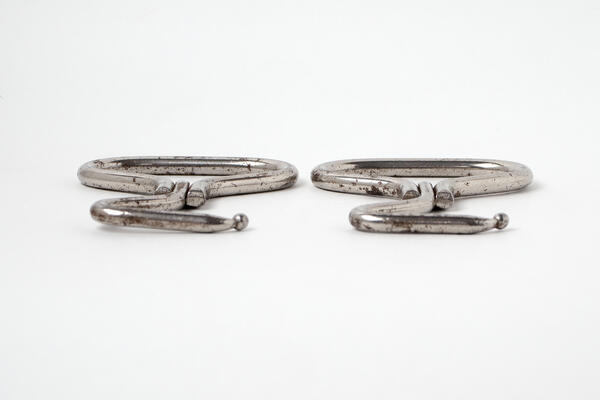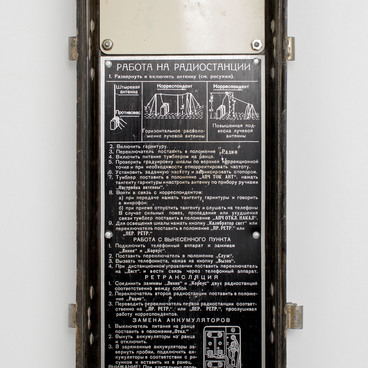In the Russian Empire, soldiers wore high black boots made of dense cowhide leather. The tops of the boots were higher than those of modern models, and had many folds. Only the infantrymen had low tops and an even straight cut at the top. Cavalrymen had tall boots topped with a decorative tassel under the knee. The Cossacks wore infantry-style boots, because the tassel was uncomfortable when worn together with their wide trousers.
During the First World War, new recruits were drafted into the tsarist army. There were not enough uniforms, so the infantry received taller boots made of rough leather. The style of the shoe was like that of tall boots with rawhide straps used instead of laces. The shoes were made of a single piece of leather, without a sewn-on toe.
English brown boots with mustard-colored woolen windings appeared in 1917. They were widely used in the infantry during the Civil War. The main type of officer’s shoes were tall boots. There were three styles of shoe lasts: narrow, round and “bulldog” elevated at the toe. The tops were very narrow, so putting on and taking off such boots was a rather long and arduous task.
Boots were put on with the help of metal hooks that were threaded into special loops, and talcum or rosin was poured inside so that the foot could slide in. Taking off such a shoe usually required the help of an orderly and a special device in the form of a board with a cutout for the heel. Thanks to this board, the foot came loose, but got stuck in the instep. The orderly stood with his back to the officer and pulled the boot, and the officer put his other foot on the orderly’s back, until the boot was finally removed.
Boots were the subject of special care and panache among the officers. Unlike modern tall boots, officers’ boots of the early 20th century had tops sewn to tightly fit the calf. To achieve this the right and the left boot tops were sewn individually for the respective foot. The officer’s boots had a small, beveled heel. This allowed the spur to fall off the heel, which was considered especially fashionable.
On the front line such boots turned out to be extremely uncomfortable. People stopped wearing boots with hard lining all together, and boots with a soft lining began featuring a clasp on two straps — located at the back or on the side — or laces. Such boots could be adjusted to fit the foot well, and they were easy to put on and take off.


